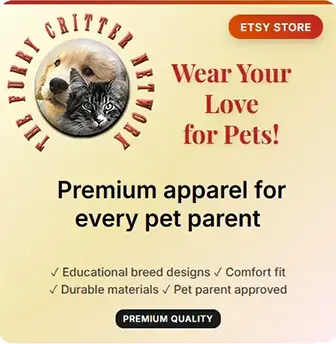The term "Domestic Medium Hair" is not a breed designation but rather a classification for mixed-breed cats with medium-length coats. These cats have no pedigree and represent the natural result of random breeding among domestic cats, specifically those producing offspring with coat length between short and long. The term provides a convenient way to describe this coat type while distinguishing these cats from both Domestic Shorthairs and Domestic Longhairs.
Domestic Medium Hairs are commonly referred to by the abbreviation "DMH" in veterinary contexts, shelter records, and cat professional communications. This abbreviation appears alongside DSH (Domestic Shorthair) and DLH (Domestic Longhair) in classification systems used to describe cats' coat types rather than breed status. Some regions or facilities may use alternate terms like "Semi-Longhair" to describe these cats, though DMH is more standard in North America.
In British and Commonwealth countries, "moggy" or "moggie" affectionately refers to all mixed-breed cats regardless of coat length, including those with medium-length fur. Terms like "house cat" or "mixed-breed cat" also apply to Domestic Medium Hairs, emphasizing their status as companions rather than pedigreed cats. Some people may simply describe them by their appearance—"fluffy cat" or "semi-long-haired cat"—without using formal classifications.
The distinction between short, medium, and long coats can be somewhat subjective, as coat length exists on a continuum rather than in discrete categories. However, veterinarians and shelter professionals generally classify cats with coats longer than typical shorthairs but shorter than Persian-type longhairs as Domestic Medium Hairs. This practical classification helps describe cats' grooming needs and appearance without implying specific breed heritage.
Some people mistakenly believe "Domestic Medium Hair" refers to specific breeds like the Maine Coon or Norwegian Forest Cat, but these are distinct pedigreed breeds with specific standards and registration requirements. Domestic Medium Hairs, by contrast, have no breed standards, no pedigrees, and represent naturally occurring mixed-breed cats who happen to have medium-length coats due to their genetic heritage.
The coat length in DMH cats results from various genetic factors. Cats carrying one copy of the longhair gene (recessive) along with one shorthair gene (dominant) may display medium-length coats as an intermediate expression. Alternatively, cats may have genetic contributions from longhaired breeds in their ancestry, resulting in medium-length coats without being purebred. This genetic diversity means each Domestic Medium Hair is unique, with coat length, texture, and density varying considerably among individuals while all falling within the general "medium" category that distinguishes them from their short and longhaired counterparts.

